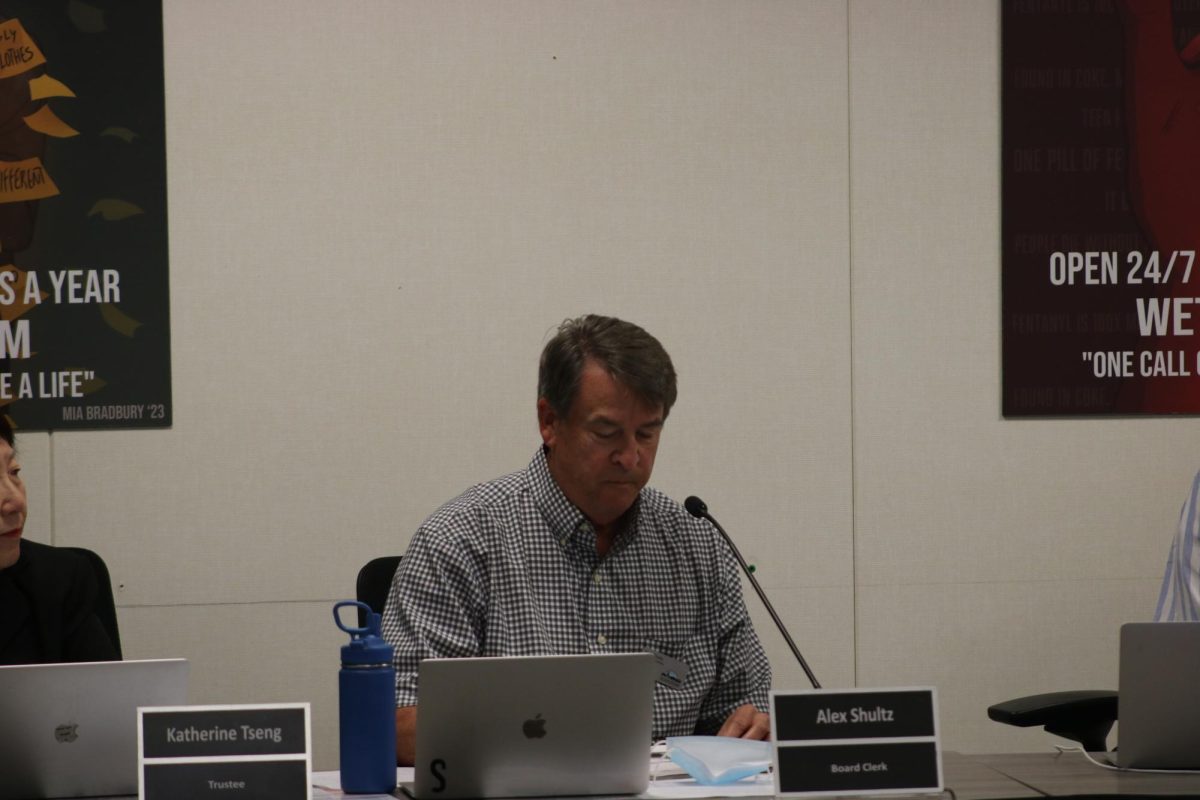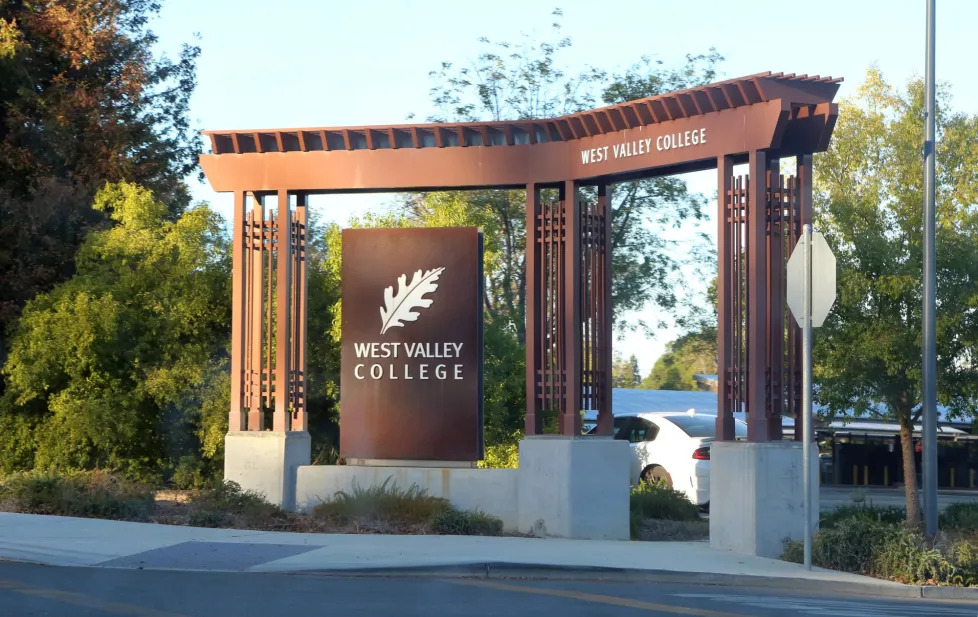Five years ago, Tim Draper, a Silicon Valley billionaire investor, supported a plan to split California into six states for the purpose of setting up smaller and more efficient governments. Although this plan never made the ballot, the debate regarding splitting of California has been a hotly debated topic ever since Draper first introduced the idea.
Last August, Draper proposed CAL 3, this time trying to divide California into three states instead of six, and his newest proposition will be included in this November’s ballot.
California is the largest state in terms of population, with around 40 million residents — 10 million more than the second most populous state, Texas.
If California were split into three, each new part would have its own state government and representation in Congress. According to Ballotpedia, all three new states in California would have a population of 12 to 13 million people. This would be a beneficial change due to the increase in representation of various parts of California.
Many liberals in California argue that splitting California into three states is not worth the time or effort it would take to create. Dividing up the water rights, education funding and state pensions and setting up three new governments would be a daunting task. Despite the short-term pain, though, the splitting of California would reap benefits for years to come.
For one, Draper advocates for the splitting to ensure more accurate representation of sectional political affiliations in Congress and to account for the many different ways people vote throughout California.
Though California usually votes for Democrats these days, there are still many conservative regions such as rural El Dorado County and Tehama County. Their votes are overshadowed in the Electoral College system.
If this ballot measure passes in the fall, it will still have to approved by others: in particular, by the federal government and the president — a prospect that isn’t likely to happen any time soon.
Assuming that this idea is approved by California voters and at the federal level, all spending and collection of taxes will end in the current state of California. All of California’s resources will be split among the three new states.
So why is it worth going to all this trouble? One central state government is not able to effectively represent and manage 40 million people. If California were split into three separate states, the opinions of all Californians would be better heard on both a state and federal level, rather than being completely drowned out by the votes of a larger group.

























